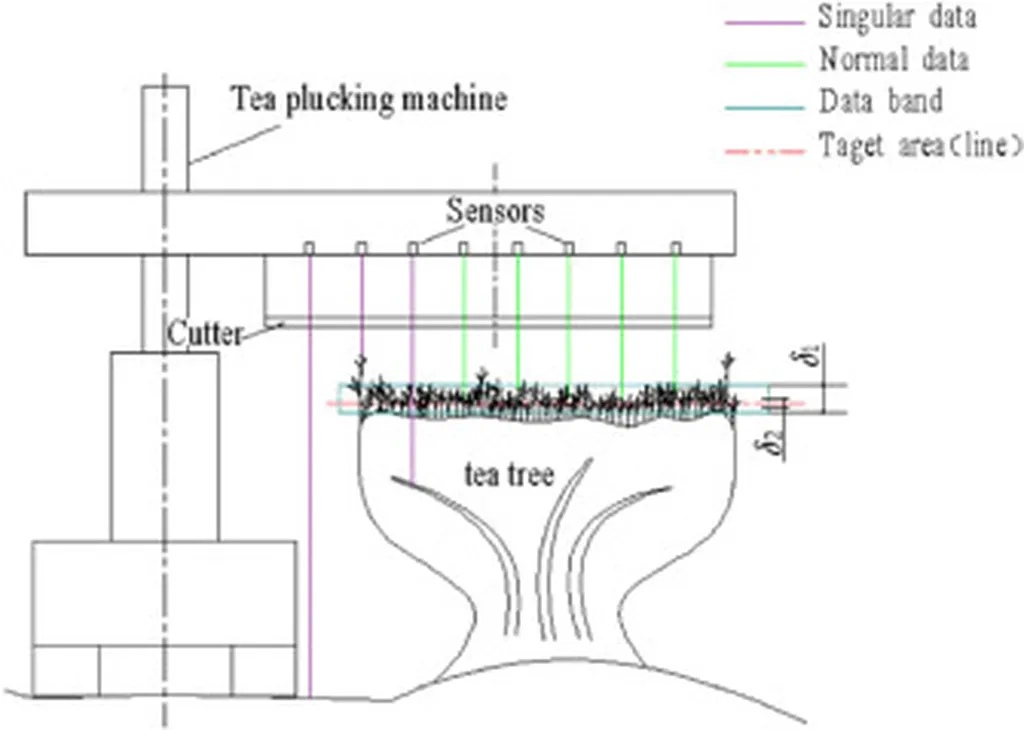In the ever-evolving landscape of agricultural technology, a groundbreaking study published in *Smart Agricultural Technology* is set to revolutionize the way we approach tea harvesting. Researchers, led by Yu Han from the School of Automation at Southeast University and the Nanjing Institute of Agricultural Mechanization, have developed a novel algorithm that promises to enhance the precision and efficiency of tea harvesting machines.
The study addresses a critical challenge in the tea industry: the precise localization of tea canopies. Tea plants, with their undulating and complex canopy structures, pose a significant hurdle for automated harvesting. Traditional methods often fall short in accurately identifying and plucking tea shoots, leading to inefficiencies and potential damage to the plants.
To tackle this issue, the research team proposed a vertical detection model and algorithm based on multi-sensor information integration. This innovative approach involves analyzing detection data of tea tree canopies to identify recognition patterns, which are then used to construct a canopy detection model. The team designed an “Onion Peeling” algorithm that fuses multi-sensor data to detect tea tree canopies accurately.
“The ‘Onion Peeling’ algorithm is a game-changer,” said lead author Yu Han. “It effectively identifies and eliminates outliers while accurately localizing the position of tea tree canopies within specified precision limits. This not only improves the efficiency of the harvesting process but also ensures the quality of the tea shoots being collected.”
The implications of this research are vast for the agriculture sector. Automated harvesting machines equipped with this algorithm can significantly reduce labor costs and increase productivity. Moreover, the precision offered by the algorithm ensures that only the highest quality tea shoots are harvested, which is crucial for maintaining the premium quality that tea connoisseurs expect.
“The commercial impact of this technology cannot be overstated,” added Han. “It has the potential to transform the tea industry by making the harvesting process more efficient, cost-effective, and precise. This could lead to a significant boost in the overall productivity and profitability of tea plantations.”
The study’s findings also pave the way for future developments in the field of agricultural technology. The multi-sensor-based approach and the “Onion Peeling” algorithm can be adapted and applied to other crops with similar canopy structures, opening up new avenues for innovation in automated harvesting.
As the agriculture sector continues to embrace technological advancements, this research stands as a testament to the power of innovation in driving progress. With the development of intelligent shape-adaptive tea-picking machines, the future of tea harvesting looks brighter than ever.
The research was published in *Smart Agricultural Technology* and was led by Yu Han from the School of Automation at Southeast University and the Nanjing Institute of Agricultural Mechanization. The study’s findings offer a glimpse into the future of agricultural technology, where precision and efficiency go hand in hand.

